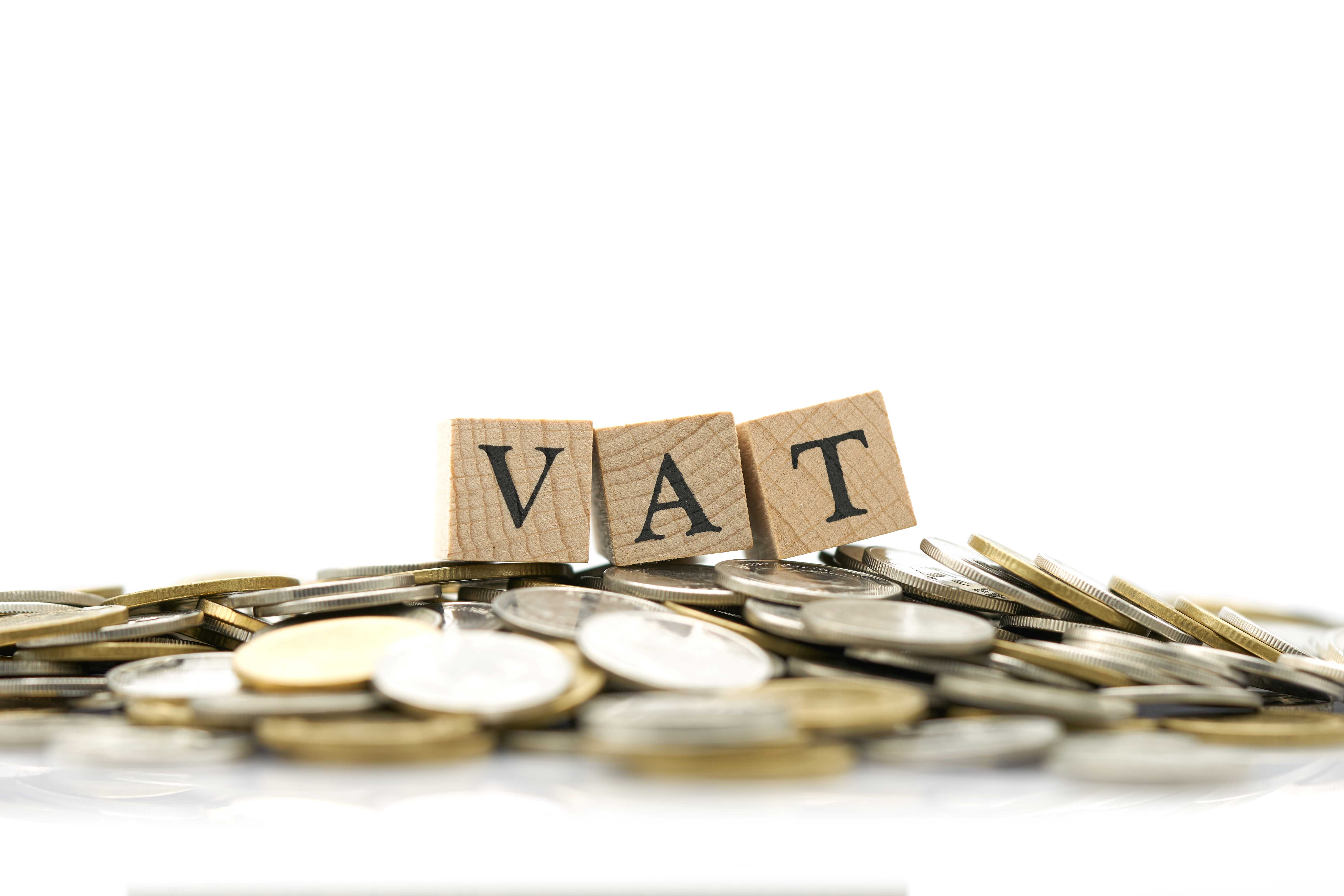Pension contributions are one of the few remaining tax breaks available to Limited companies. It makes sense to take advantage of this tax break for you, as a company director, and your employees if you have any.
By law, you already need to contribute certain amounts into your employee's pension fund as part of the government's auto-enrolment arrangements. However, there are good reasons why you might want to contribute more than the minimum amount.
Making pension contributions through your limited company
Paying pension contributions is tax-efficient because you'll reduce your company's taxable profits and, therefore, your Corporation Tax liability. Making the contribution through your limited company is usually more tax-efficient than making the contribution from your own funds.
Because of the complex nature of pension schemes, we strongly recommend you take specialist advice from an independent financial advisor before making any contributions into a pension scheme (including your own). Our Crunch accountants cannot provide this type of specialised financial advice.
How much tax can I save on pension contributions?
For the 2025/26 financial year, the Corporation Tax system has a tiered structure. The Small Profits Rate is 19% for profits up to £50,000, and the Main Rate is 25% for profits over £250,000. Profits between these amounts are subject to Marginal Relief.
To show how this works, let's use a simple example. If your company's profits fall within the 19% tax band, for every £100 your company earns as profit, you'll pay Corporation Tax of £19. This reduces the amount you can take from your company as a dividend to £81.
Paying that £100 into an employee's pension fund means it's an allowable business expense, so it effectively costs the company only £81 due to the reduction in Corporation Tax payable. Over time, that £100 investment can hopefully grow within the pension fund.
When can I start withdrawing from my pension fund?
Generally, you can start withdrawing from your private pension fund from age 55, which is the current Normal Minimum Pension Age (NMPA). However, it's important to be aware that the NMPA is scheduled to rise to 57 from 6th April 2028.
This can be used to help you retire early or to top up your income if you are still working. Again, you should take specialist advice on this, particularly if you plan to keep working while drawing a pension.
How much can I contribute to a pension scheme?
You can pay as much into a pension scheme as you like, but there are limits on the amount that can receive tax relief.
Your company's contributions will be tax-deductible as long as they do not exceed the annual allowance, which for the 2025/26 tax year is £60,000. The amount you pay must not exceed your company's income for the year, as this could raise questions from HM Revenue and Customs as to whether the amount has actually come from your company's trading.
The £60,000 annual allowance can be reduced for high earners. This 'tapered annual allowance' applies if your 'adjusted income' is over £260,000, reducing your allowance by £1 for every £2 you are over the threshold, down to a minimum of £10,000.
If you have a large amount that you would like to put into a pension scheme, you may be able to take advantage of the carry forward rule. This allows you to make use of annual allowances that have not been used in the previous three tax years, provided you were a member of a registered pension scheme during those years. You must first use your full annual allowance for the current tax year before using any unused allowances from the previous three years.
From 6th April 2024, the pension Lifetime Allowance (LTA) was abolished. It has been replaced by two new allowances that cap the amount of tax-free cash you can take from your pensions. These are:
- The Lump Sum Allowance (LSA), which is capped at £268,275.
- The Lump Sum and Death Benefit Allowance (LSDBA), which is capped at £1,073,100.
Any lump sums taken above these limits will be subject to income tax at your marginal rate. As stated earlier, you should take advice from a pensions expert, who'll be able to properly advise you on your situation.
How can you record company pension contributions in Crunch?
If you want to make payments to a pension fund through your limited company, then the actual amount you contribute should be recorded. So if you contribute £60,000 into a pension fund from your company, that's the amount you record as an expense, which reduces the amount of Corporation Tax your company pays. This should be recorded in the Crunch system as an expense under Employee Costs - Pension Scheme Contributions.

.svg)



.webp)












